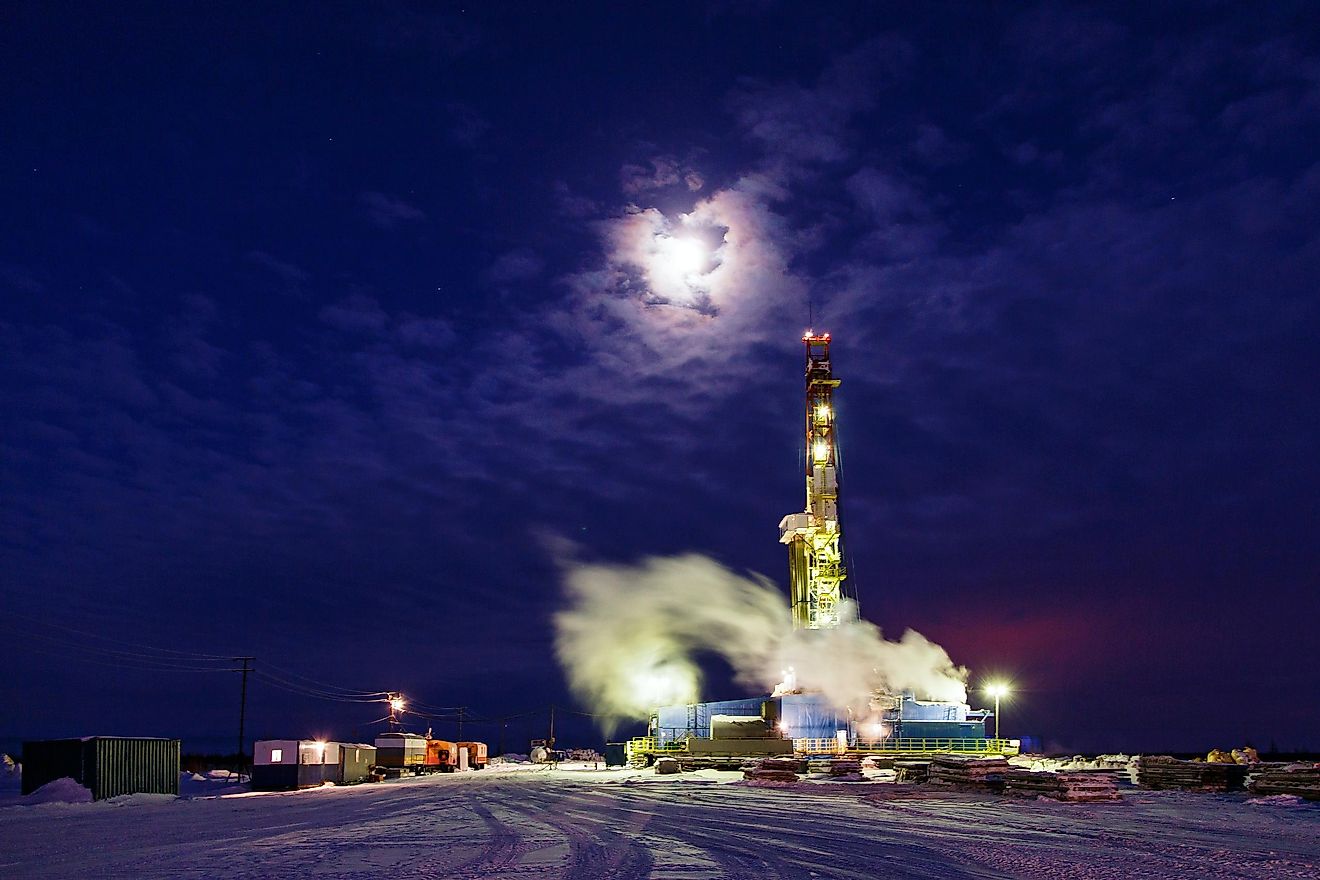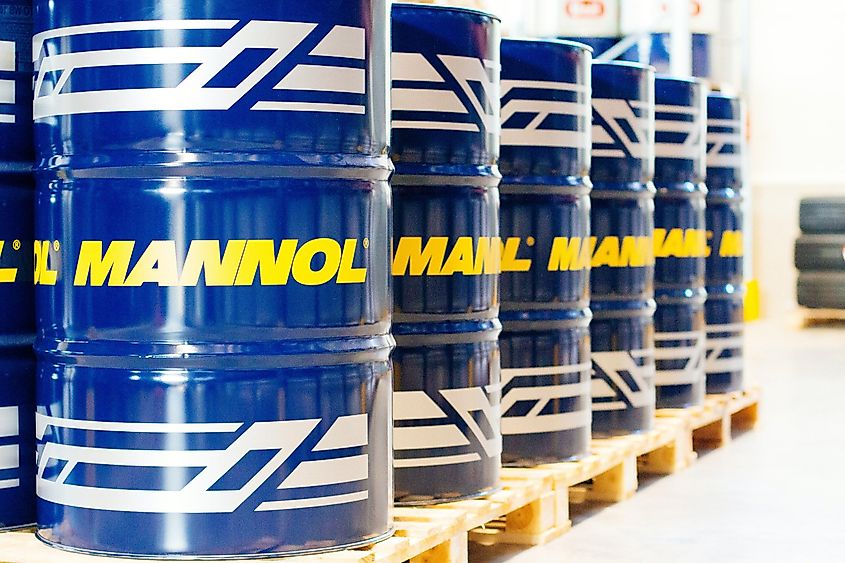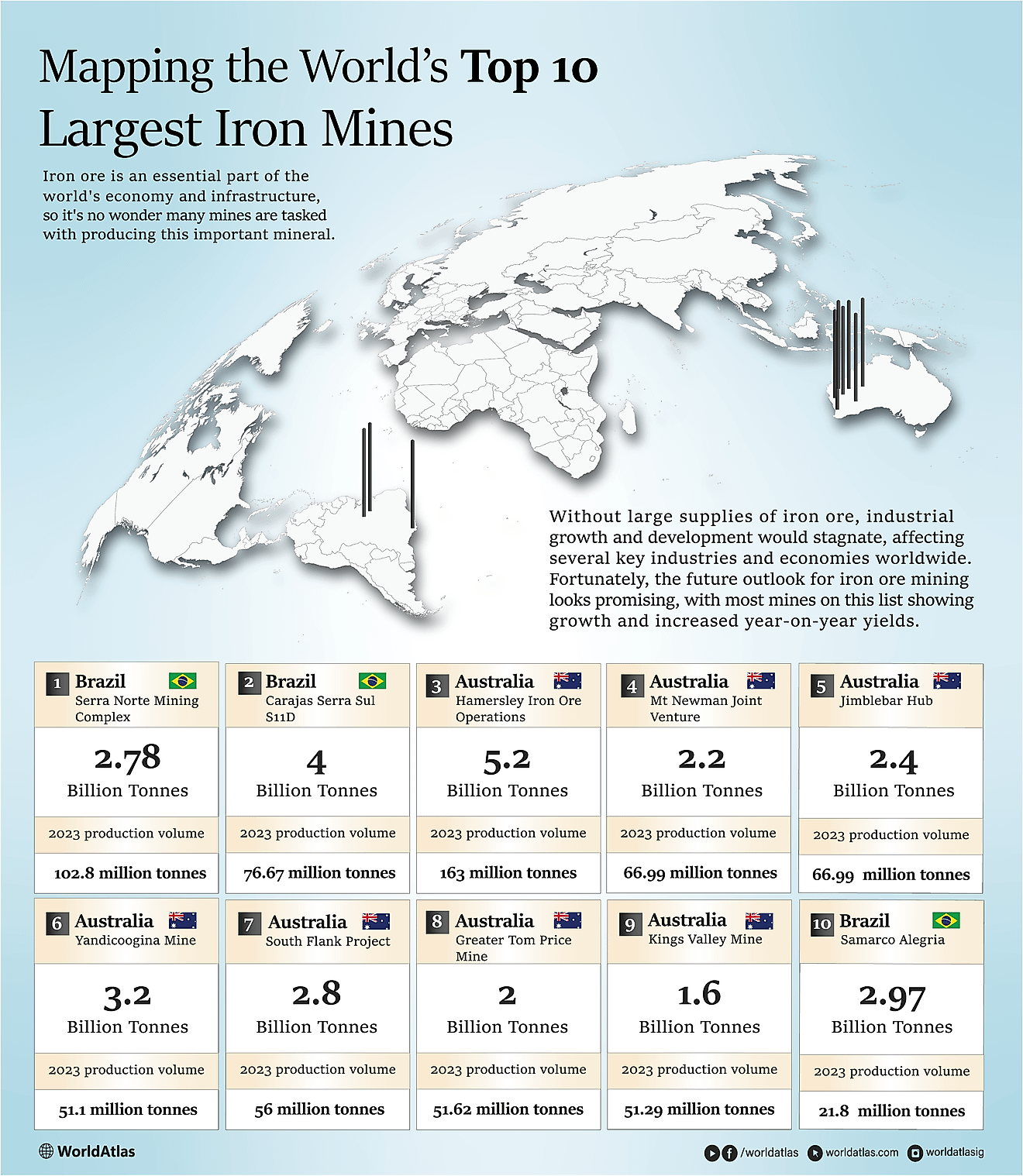Why Were Oil Prices Negative?

- The U.S. is the largest consumer of oil in the world, accounting for approximately 20% of global consumption.
- The U.S. is now the largest producer of oil, producing about 19% of the world's oil. The second-biggest producer, Saudi Arabia, produces 12% of global supply.
- On Monday, April 20, 2020, the price of crude oil was -$37.63 a barrel.
Oil is one of the most important drivers of the global economy. The price of oil affects pretty much everything, especially what you pay at the pump when you gas up your car. When the price goes up, so does the price of most goods and services. When the price goes down, the opposite tends to happen. The price of oil can be affected by several factors, most notably changes in the economy and geopolitical events. The most significant factor weighing on oil prices now is the COVID-19 pandemic. In fact, the spread of COVID-19 has led the price of oil to plunge so low, that at one point, the price dropped into negative territory. Here’s why:
Demand for Oil Takes a Nosedive
The outbreak of COVID-19 around the world has led many countries to enact strict measures to contain its spread. These measures include lockdowns where everyone is generally confined to their homes and all but essential businesses are shut down. The lack of economic activity has contributed to a dramatic drop in demand for oil. At the same time, oil producers were not cutting production in response to the reduced demand. In fact, two of the biggest oil producers, Russia and Saudi Arabia, were engaged in a price war that saw both countries undertake measures designed to lower the price of oil even further.
Too Much Supply, Too Little Demand

Regardless of the demand for oil taking a nosedive, there is always at least some demand for the commodity. Thus, a big drop in demand still doesn’t entirely explain why prices went negative. So what does? Well, it has to do with how the market for oil works. When discussing the price of oil, it is usually in relation to future contracts, meaning that the actual price is set for a future date. And because demand fell to the point where producers were paying buyers to take their oil, the price of oil went negative. There was simply too much supply and too little demand.
Also, it was actually the price for a particular type of oil that went negative. That oil is called West Texas Intermediate (WTI). This type of oil is the benchmark for oil in the U.S., making it the most important factor to watch for determining future American contracts. Bear in mind that the United States is the biggest country in terms of oil consumption. WTI oil is stored in Oklahoma, a landlocked U.S. state. It’s a lot harder to move oil elsewhere from a landlocked territory, and since the storage space in Oklahoma was almost at capacity, there was more downward pressure on the global price of oil.
Just imagine that you had a warehouse full of goods that you couldn’t sell, even when you’ve already tried to reduce the price. At the same time, new goods keep coming into the warehouse and you’re running out of space. To top it off, you’re expecting even more goods to arrive in the future. But you’re out of room, so in a desperate effort to create space for the arrival of future goods, you pay people to take the goods you already have so that you’ll have space in your warehouse for the goods that haven’t arrived yet.
Back in the Black
The negative price of oil was very short-lived. Oil prices are now back in positive territory, though the price remains very low compared to what it was before the COVID-19 pandemic hit.







